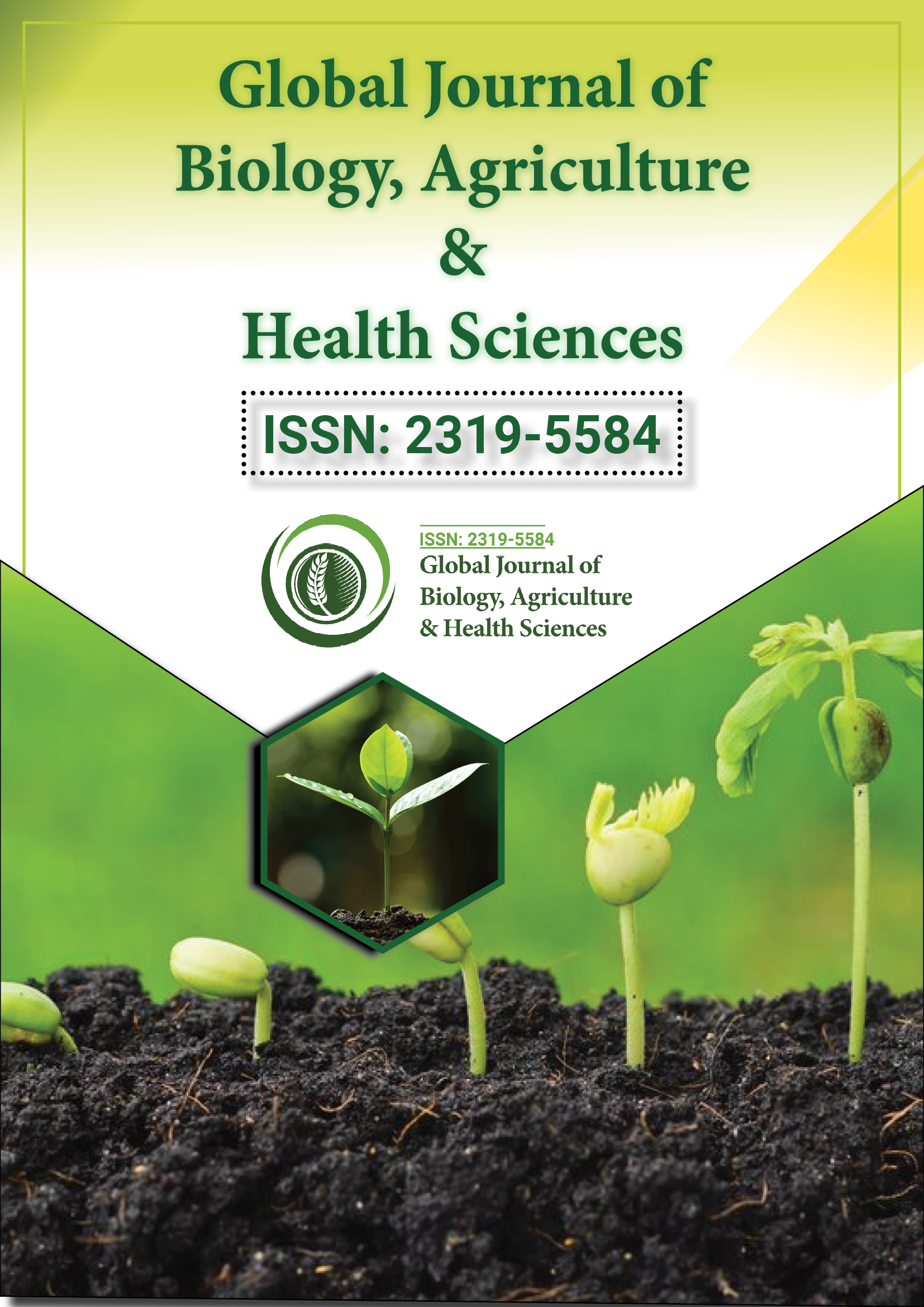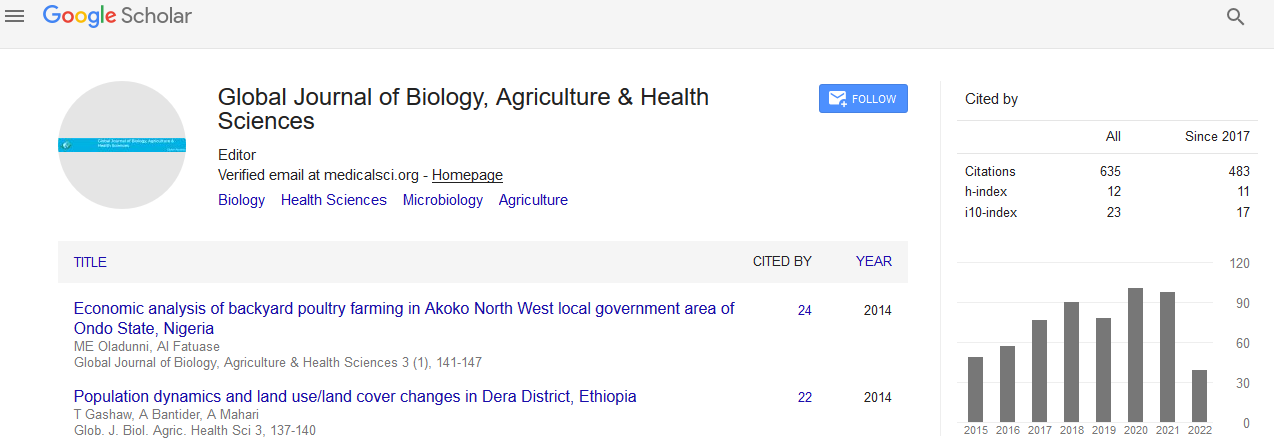Indexed In
- Euro Pub
- Google Scholar
Useful Links
Share This Page
Journal Flyer

Open Access Journals
- Agri and Aquaculture
- Biochemistry
- Bioinformatics & Systems Biology
- Business & Management
- Chemistry
- Clinical Sciences
- Engineering
- Food & Nutrition
- General Science
- Genetics & Molecular Biology
- Immunology & Microbiology
- Medical Sciences
- Neuroscience & Psychology
- Nursing & Health Care
- Pharmaceutical Sciences
Abstract
Short Term Effect of Conservation Agriculture for Sustainable Wheat Production in South East Arsi, Ethiopia
Almaz Admasu, Dawit Habte, Debele Debela, Tolessa Debele
Conservation Agriculture (CA) can be a possible technique to mitigate reduction in soil quality, reduce runoff and soil erosion, and increase in situ soil moisture conservation, thereby improve crop yield. The objective of this study was to test and validate beneficial CA practices for sustainable wheat production and enhance small-scale farmers know how and skill for adoption. Three CA technology verification trials were conducted during 2013-2016. The first trial compared CA with conventional agriculture (CVA) on-farmers fields in Sinana IP sites during ‘meher’ or big rainy season in 2013-2016. In CA verification, soil disturbance was restricted to the absolute minimum; viz. the soil was disturbed only to place the seed in the soil at the time of sowing. In contrast, in CVA the soil was plowed four times with the local oxen-plow ‘maresha’ prior to sowing to obtain a suitable seedbed. Weed control in the CA was done by applying round-up at the rate of 3 L/ha prior to planting while Pallas 45OD at 0.5 L/ha and 2,4-D at 1 L/ha were used as post-emergence application. The recommended weed control practice was used for conventional agriculture viz. twice hand weeding at tillering and booting stages. During ‘belg’ (small rainy season faba bean was used as cover or break crop in early 2014 and 2015. The second CA verification trial was initiated with the introduction of zero tillage planter at Kulumsa Research Center involving zero tillage CA, minimum or reduced tillage CA and CVA in 2016. The third trial was conducted in low rainfall areas in which CA, CA coupled with tie ridge and CVA were compared at Dhera in 2014. Results of the first trial indicated that at the initial year CVA gave more wheat yield than CA. The benefits of CA has increased progressively over years and on average CA yielded 12.5% more wheat yield than CVA. Similarly, zero tillage CA increased wheat grain yield by 7.1% and 11.6% as compared with conventional and reduced tillage, respectively. In arid and semi-arid areas, CA coupled with tieridge significantly increased wheat grain yield as compared to conventional agriculture. Thus, CA could be more applicable to moisture stress /erratic rainfall areas as compared to high rainfall areas and wheat farmers in drought prone regions could possibly adopt CA technology
Published Date: 2021-02-22;

